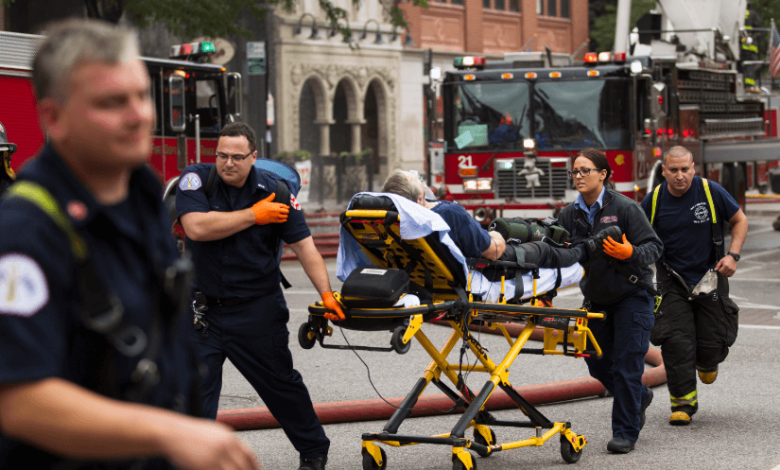Emergency Ambulance and Its Role in Healthcare

Introduction to Emergency Ambulance Services
An emergency ambulance plays a vital role in providing urgent medical care and rapid transportation for patients in critical conditions. These services are essential for bridging the gap between the site of an incident and a healthcare facility, ensuring timely intervention that can save lives.
Situations Requiring Emergency Ambulance Assistance
Emergency ambulances are called in a wide range of scenarios including accidents, heart attacks, strokes, severe injuries, and sudden illnesses. They are also crucial during natural disasters and mass casualty incidents where immediate medical attention is required. The prompt arrival of an emergency ambulance can significantly reduce the risk of complications and improve survival rates.
Types of Emergency Ambulances
Emergency ambulances are designed to cater to various medical needs. Basic life support (BLS) ambulances are equipped for routine medical transport with essential monitoring equipment. Advanced life support (ALS) ambulances include more sophisticated devices such as ventilators, defibrillators, and cardiac monitors for critically ill patients. Specialized ambulances are sometimes used for neonatal care, bariatric patients, or hazardous material exposure.
Equipment in an Emergency Ambulance
A well-equipped emergency ambulance ensures patients receive immediate medical care during transit. Common equipment includes oxygen systems, suction devices, stretchers, immobilization devices, and emergency medications. Advanced monitoring tools allow paramedics to track vital signs and respond to changes in the patient’s condition effectively.
See also: Outdoor Artificial Turf for Dogs: The Ultimate Guide for Pet-Friendly Lawns
Role of Paramedics and Medical Staff
Paramedics and emergency medical technicians (EMTs) are trained to provide on-site medical care and stabilize patients before and during transportation. They perform vital interventions such as CPR, wound management, intravenous therapy, and administering medications. Their expertise ensures the patient’s condition does not worsen en route to the hospital.
Response Time and Its Importance
The response time of an emergency ambulance is critical for patient outcomes. Quick dispatch and arrival can make the difference between life and death, particularly in cases like cardiac arrest or severe trauma. Efficient coordination with dispatch centers and proper traffic management are key factors in reducing response times.
Communication and Coordination
Emergency ambulance services rely on effective communication between dispatchers, medical staff, and hospital personnel. Real-time updates allow hospitals to prepare for incoming patients and ensure appropriate resources are ready upon arrival. This coordination enhances the efficiency and effectiveness of emergency care.
Legal and Safety Considerations
Operating an emergency ambulance involves adherence to legal and safety regulations. This includes vehicle licensing, medical personnel certification, adherence to traffic laws, and ensuring patient confidentiality. Compliance ensures both the safety of the patient and the personnel involved.
Challenges Faced by Emergency Ambulance Services
Emergency ambulance services face several challenges such as heavy traffic, remote locations, natural disasters, and limited availability of advanced ambulances. Staff must also manage high-stress situations while providing professional care. Overcoming these challenges requires training, planning, and resource management.
Technology Enhancing Emergency Ambulance Services
Technological advancements have greatly improved the efficiency of emergency ambulances. GPS tracking helps optimize routes, telemedicine allows real-time consultation with hospital doctors, and electronic patient records provide instant access to medical history. These technologies ensure faster and more effective emergency responses.
Preparing for Emergency Situations
Public awareness and preparedness play an important role in effective emergency care. Knowing how to contact ambulance services, providing clear information, and understanding basic first aid can improve patient outcomes. Organizations can also establish protocols for emergency situations to ensure quick response.
Conclusion
Emergency ambulances are indispensable in modern healthcare, offering rapid and efficient transportation along with vital medical care for patients in critical conditions. Their effectiveness depends on skilled medical staff, well-equipped vehicles, and efficient coordination. Understanding the importance and functioning of emergency ambulance services helps communities ensure timely care and saves countless lives.



